Wildlife Photography: A Not-So-Serious Guide to Serious Fun
Have you ever looked at a stunning wildlife photograph and thought, "Wow, how did they capture that without being eaten, trampled, or having to wait longer than it takes for a sloth to complete a marathon?" Well, you're in luck! Continue reading to find a non-serious guide to the serious fun of wildlife photography. Buckle up, buttercup—we're going on a safari through the lens.

The Gear - Less About the Size, More About How You Use It
First things first, let's talk gear. You might think you need the camera equivalent of a Swiss Army knife—a complex device that can photograph a flea's wedding while brewing a cappuccino. Spoiler alert: you don't. Sure, a fancy DSLR with a lens longer than a giraffe's neck might help, but the best camera is the one you have with you (yes, even if it's just your smartphone, prehistoric as it may be).
Remember, it's less about having the biggest lens in the field and more about how you use it. Technique, patience, and a bit of luck go a long way. And let's not forget every wildlife photographer's secret weapon: the ability to stand so still that local fauna start mistaking you for a particularly uninteresting tree.
Know Thy Subject - Stalking for Beginners
Wildlife photography is 10% taking photos and 90% trying to find something more interesting than a pigeon to photograph. It's about becoming one with nature, which often means accidentally becoming a buffet for mosquitoes. But, hey, no great art was ever created without suffering, right?
Learn about your subjects. Not just "bears eat honey," but their behaviors, patterns, and favorite hangout spots. This is important not only so you can find them but also so you don't end up as that year's most memorable anecdote in the local Search and Rescue team's Christmas newsletter.
Patience, Young Grasshopper
Wildlife photography requires the patience of a saint. There will be days when the most exciting thing you capture is your reflection in a puddle. Embrace it. The wilderness isn't a zoo, and animals haven't gotten the memo about your photography schedule.
Bring a book, meditate, or ponder the meaning of life—whatever keeps you sane while you wait for that elusive perfect shot. Remember, wildlife operates on its timeline, one that's usually incompatible with human schedules (or, frankly, any form of time management).

The Golden Hour - Not Just for Influencers
Ah, the golden hour—photography's prime time, when the light is just right for making everything look magical. It's when nature says, "Okay, I'm ready for my close-up." This isn't the hour to hit snooze or decide it's a good time for a leisurely brunch. The best light happens at sunrise and sunset, so you'll have to adjust your body clock to "photographer time," which is suspiciously similar to "vampire time."
And if you're not a morning person, welcome to the club. The "I Survived Sunrise for Photography" support group meets on Thursdays. Coffee is mandatory.
Composition - Or, How Not to Take Boring Photos
Composition is the difference between a photo that makes people go "meh" and one that has them gasping in awe. Remember the rule of thirds, leading lines, and all that jazz from Photography 101? It still applies here. Except now, your subjects won't sit still, might try to eat each other, or, in the case of particularly cheeky squirrels, steal your snacks while you're not looking.
Try to capture moments that tell a story. That deer peering curiously through the foliage? That's not just dinner for a predator; it's a Disney movie waiting to happen.
Respect Your Subjects - No Selfies with the Lions, Please
This should go without saying, but let's say it anyway: Respect the wildlife. These are wild animals, not Instagram props. Maintaining a safe distance ensures both your safety and their comfort. The goal is to observe nature, not disturb it. So, no trying to coax a bear closer with your last granola bar or attempting to ride a moose. It will not end well.
Remember, the best wildlife photographs are those taken ethically. Let's not be the person who makes animals write angry letters to the editor about their paparazzi problems.

Embrace the Unexpected
Wildlife photography is full of surprises. You might set out to photograph eagles and end up with a memory card full of otter selfies. That's part of the charm. Embrace the unpredictability, and don't be afraid to capture the moments that make you smile, even if they're not what you initially planned. The unexpected shots often end up being the most memorable.
Post-Processing - Where Good Photos Go to Become Great
Some purists might scoff at touching up nature photos, but let's be honest: a little post-processing can turn a good photo into a great one. This doesn't mean turning your serene deer photo into a neon disco party (though if that's your style, who am I to judge?). It means enhancing what's already there to bring out the best in your shots.
Tools like Lightroom or Photoshop can be your best friends, helping you adjust lighting and color balance and even remove that unexpected photobomber (looking at you, random fly).
Share Your Stories - What's the Point If Not to Brag a Little?
After all your hard work, patience, and mosquito bites, it's time to share your masterpieces with the world. Whether through social media, exhibitions, or the old-fashioned way of forcing friends and family to sit through a slideshow of your adventures, share your stories. Your photographs can inspire, educate, and convince someone to join you on your next early-morning photo expedition. Misery loves company, after all.
Conclusion: The Wild Awaits
Wildlife photography is an adventure, a way to connect with nature, and an excuse to explore the great outdoors. It teaches us patience, respect for our planet, and the beauty of the unexpected. So grab your camera, respect your subjects, and remember: the most important shot is the one that brings you joy. Happy shooting!
And there you have it, folks—a beginner's guide to wildlife photography, served with a side of humor and a dash of practical advice. Now, go forth and capture the wild—if it cooperates.

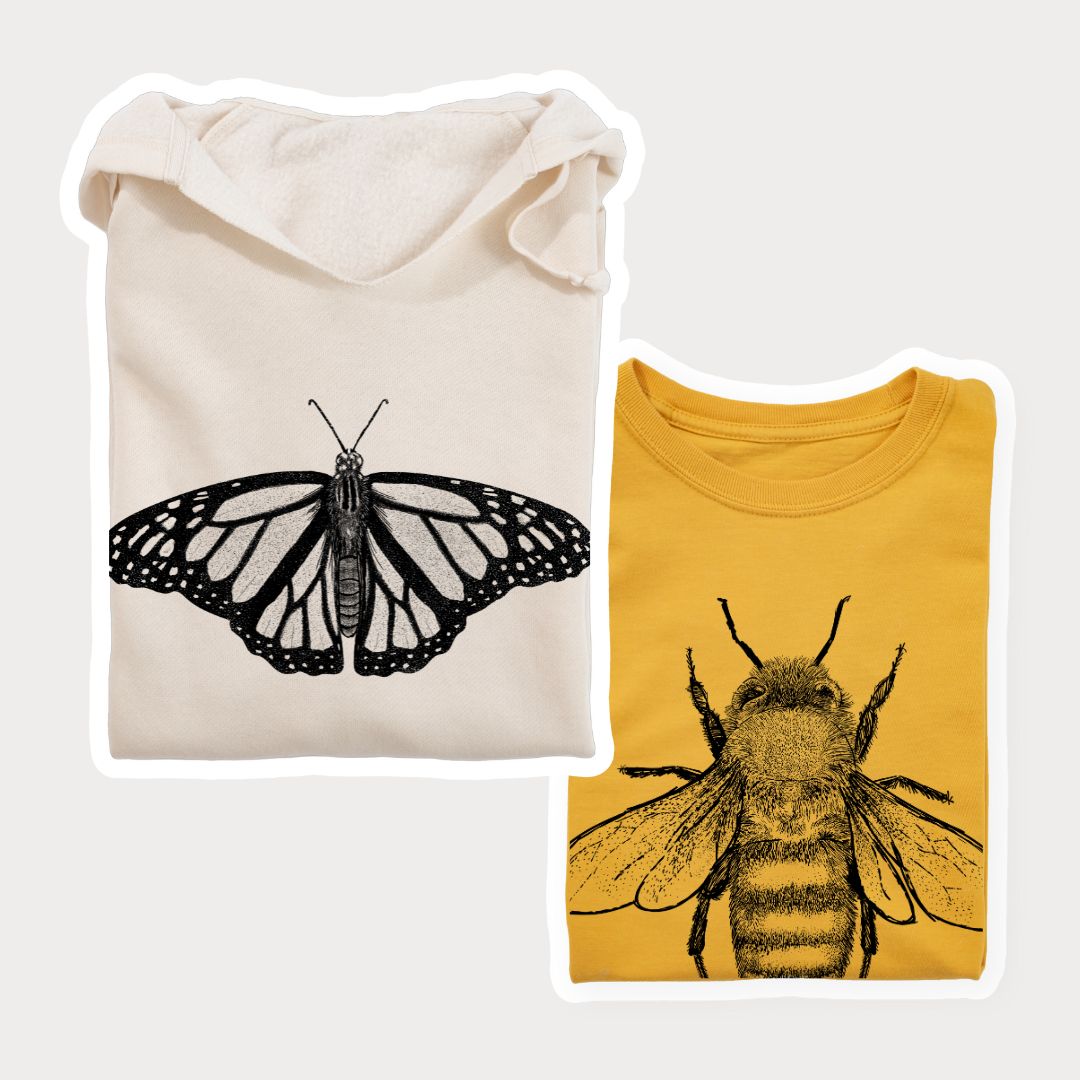



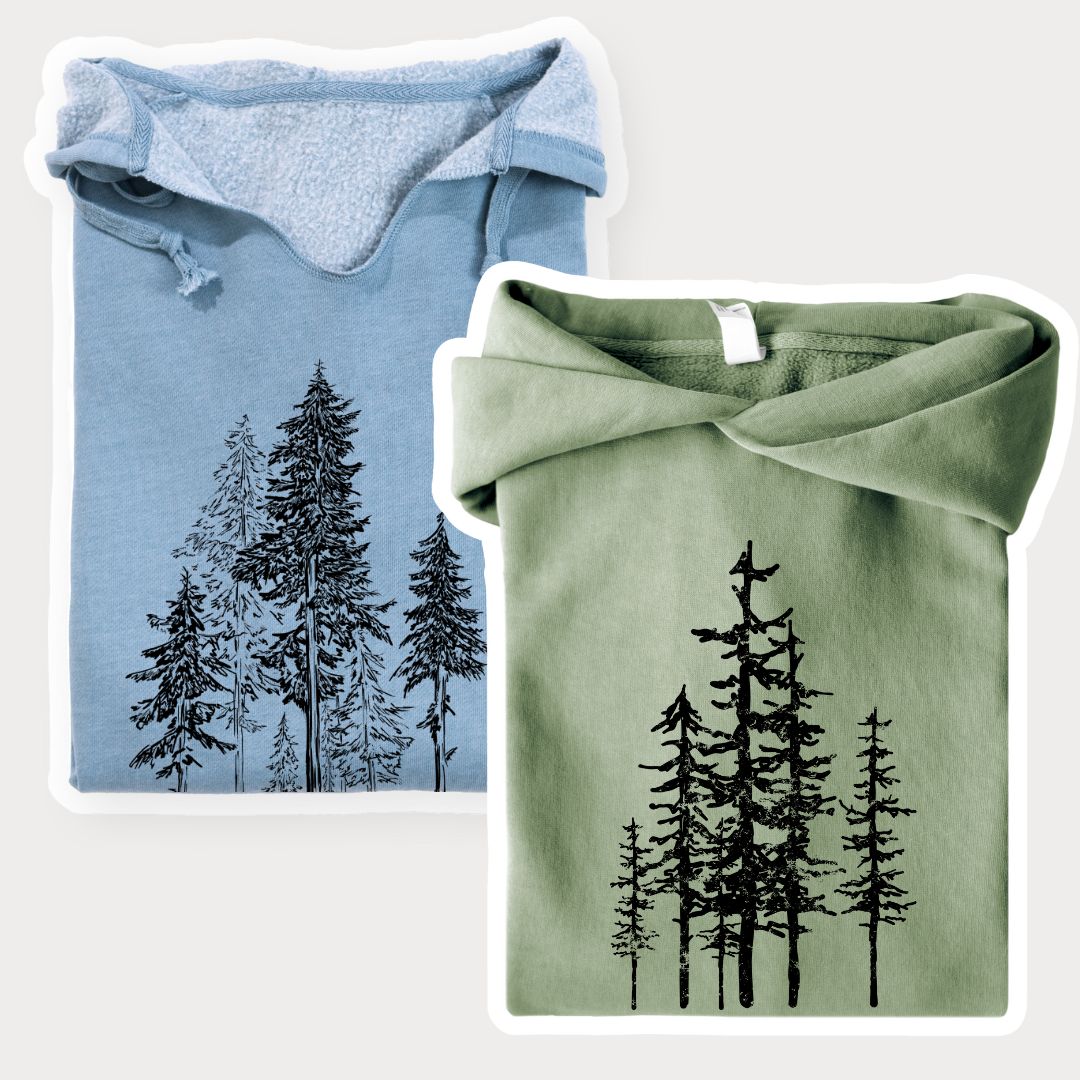
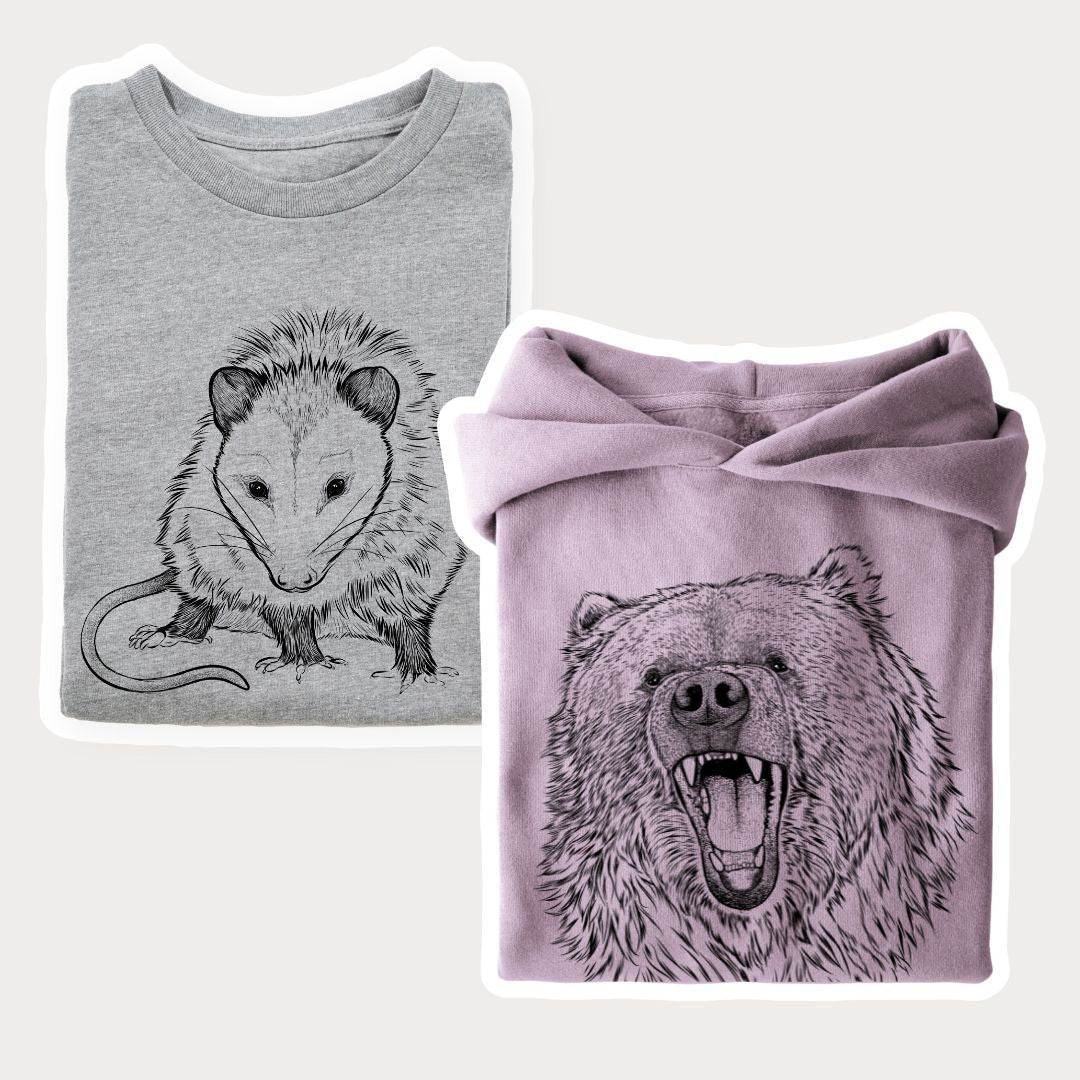

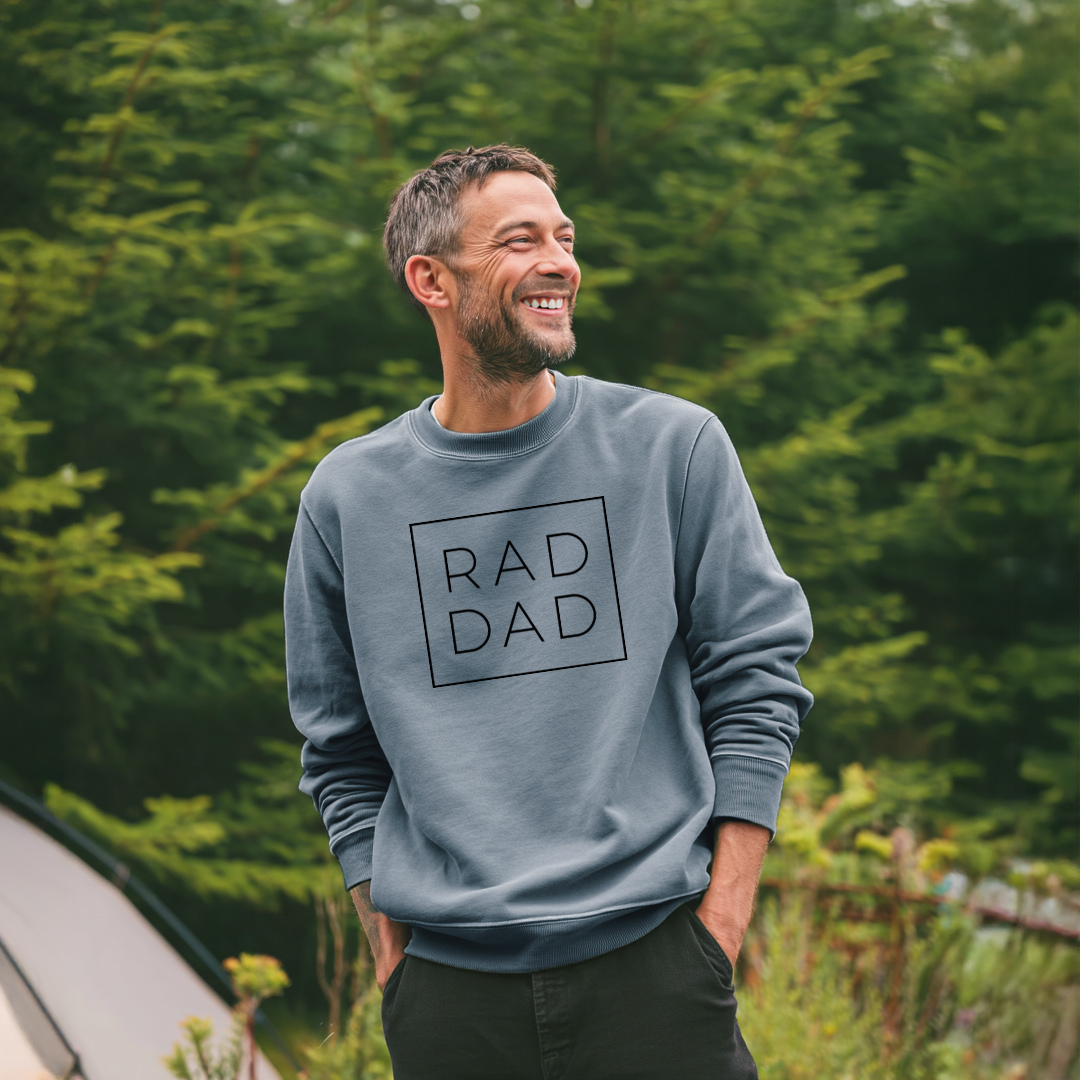


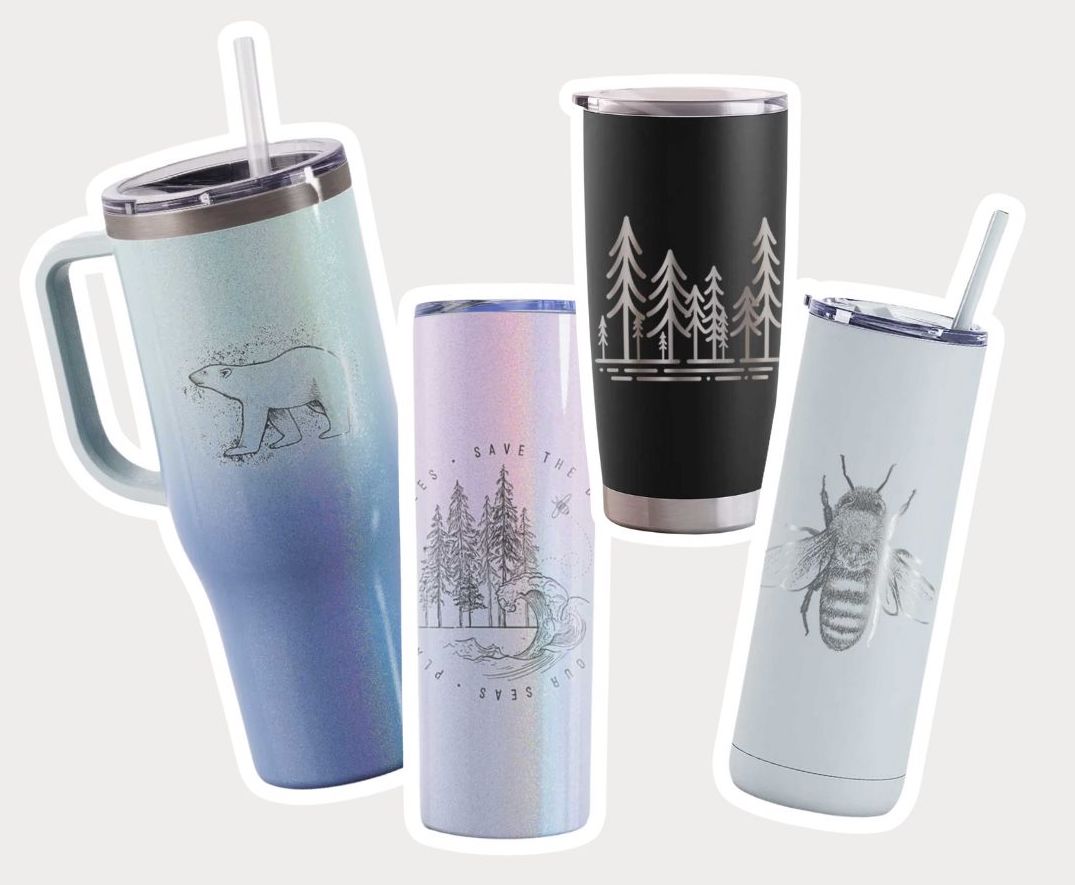


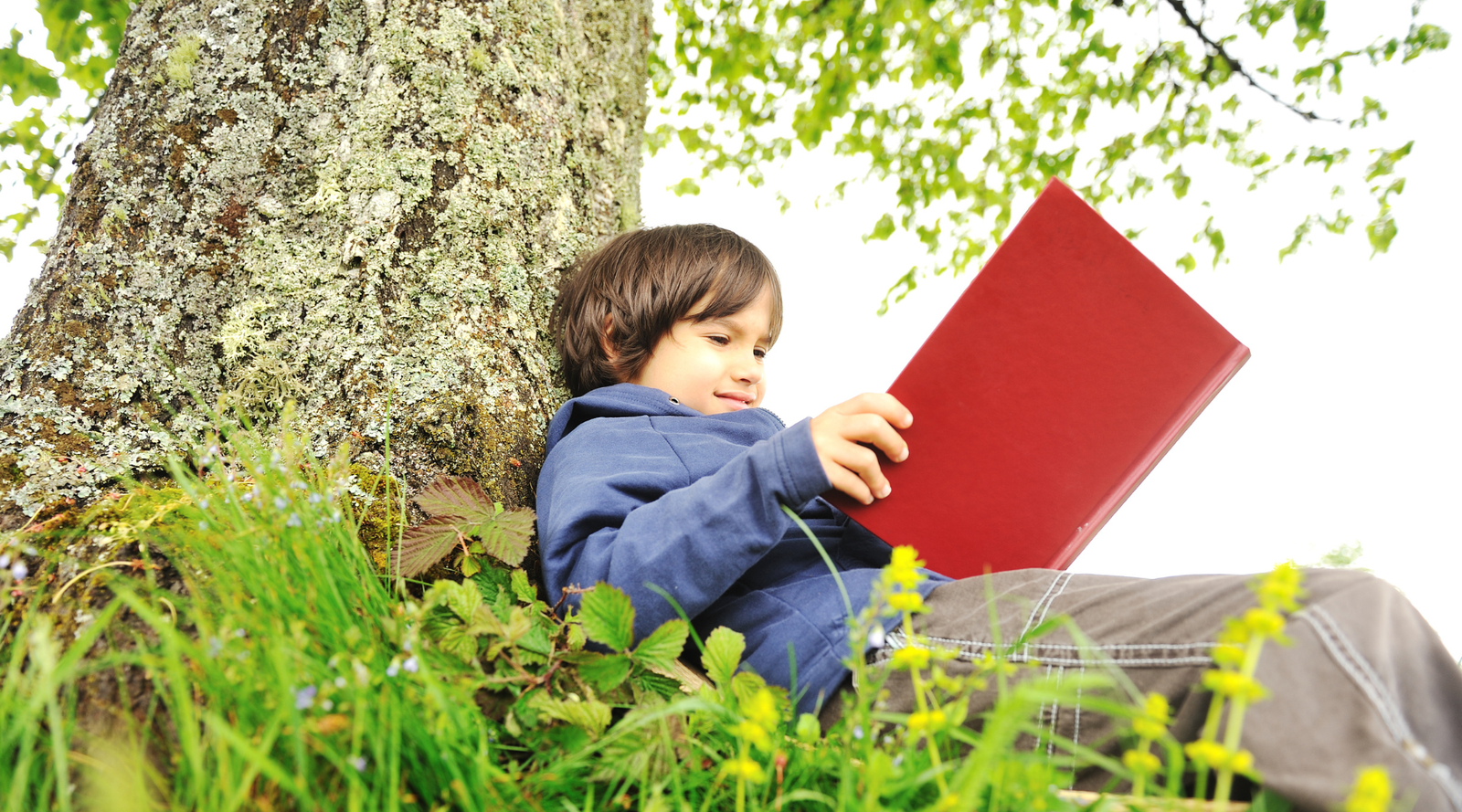

Leave a comment (all fields required)